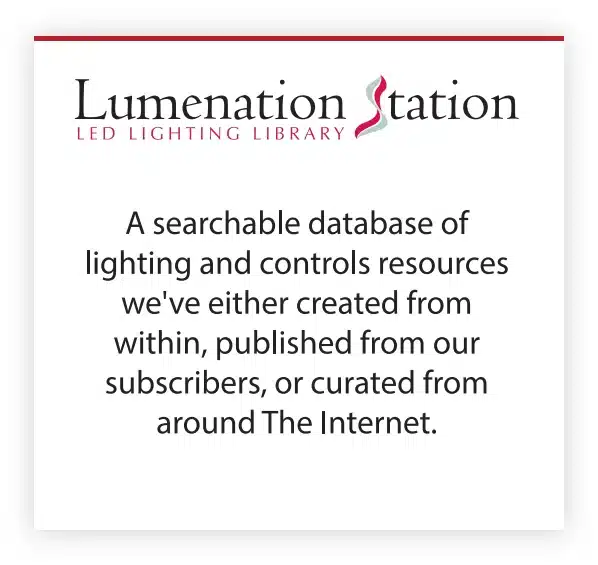Dear Reader:
There are three sides to the equation that determines how much money your firm spends per kWh of electricity, and they are your kW of consumption (units), the number of hours you’re consuming that electricity (time), and when (peak versus off-peak).
While you can persuade yourself that all three components are fixed – and therefore non-controllable – this couldn’t be further from the truth. At minimum each is at least influenceable. The key is to break the flow of electrons down into its three parts, and attack each individually. As always, the total is the sum of its parts.
Your LED lighting system plays into this control marvelously if you plan for it, and if you’ve been savvy enough to include a lighting controls platform, or are about to with your upcoming purchase, should you be currently in the midst of your due diligence.
Let’s take them one at a time, as it relates to lighting, with some thoughts on how to improve each. Keep in mind that with each action on one of the below ‘levers’, cost per kWh improves:
- kW of consumption – The efficiency and efficacy of the fixture and its internal devices are what is important here. Even without a controls platform, or simple sensors, you can take a whack out of your kW simply by buying an energy efficient fixture. Lumens per Watt is the metric to be concerned with here, and today’s LED provide at least 150 for a quality product line … sometimes upwards of 200. While the more lumens per watt you purchase, the more expensive the fixture tends to be, a life cycle cost benefit analysis might tell you the more money is worth it over the long run, depending on your unit energy cost.
- Number of hours the lights are on – This can be influenced by utilizing such features as Daylight Harvesting, Dimming & Switching, Occupancy Sensing, Scheduling, Trimming, and Zoning. Click on any of the blue links here to get a primer on how their functionality impacts your units of energy consumption, as well as cost per unit.
- When the lights are on – Once you’ve installed high performance fixtures, and a controls platform engineered and commissioned to control the lighting granularly, it’s time to think through scheduling needs. Mass OTA – Understanding Your Electric Bill Demand to use electricity during off-peak hours, when the electricity is less expensive for them to produce it or buy it. The programs pass on the savings to you, the customer, through reduced electricity rates. If you are able to shift your power use to off-peak times – such as running some of your production shifts later in the evening, you can lower your unit electricity cost. While it may seem farfetched, it might surprise you how many manufactures and food processors are mindful of this, now that the cost of energy is increasing about 12% annually.






